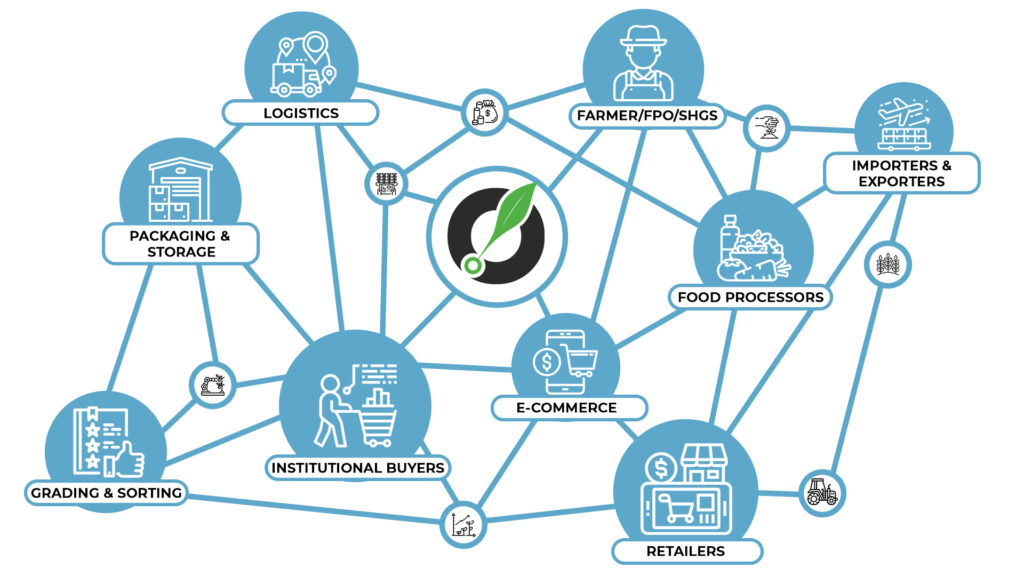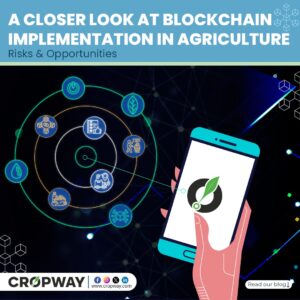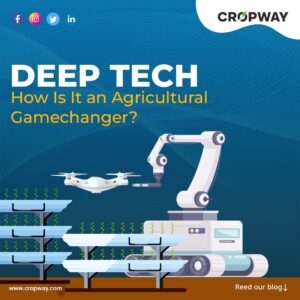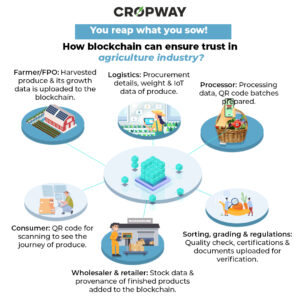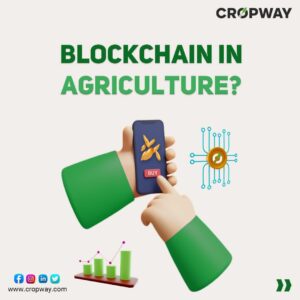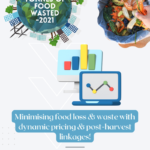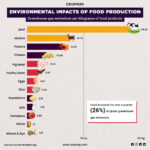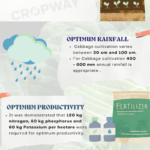The two main consensus processes used by cryptocurrencies to confirm new transactions, add them to the blockchain, and produce new tokens are “proof of work” and “proof of stake.”
By competing to be the first to solve a mathematical puzzle, virtual miners from all over the world protect and verify proof-of-work blockchains. The network rewards the winner with a predetermined amount of cryptocurrency and allows them to update the blockchain with the most recent verified transactions.
Staking in a proof of stake system performs a similar role to mining in a proof of work system, in that it selects a network participant to add the most recent batch of transactions to the blockchain and receive cryptocurrency in return.
The specifics vary depending on the project, but generally speaking proof of stake blockchains use a network of “validators” who donate — or “stake” — their own cryptocurrency in exchange for the opportunity to potentially validate new transactions, update the blockchain, and profit.
A significant difference between the two is that Proof of work is energy intensive making it harder to scale, hence Proof of stake is preferred in terms of scalability.

